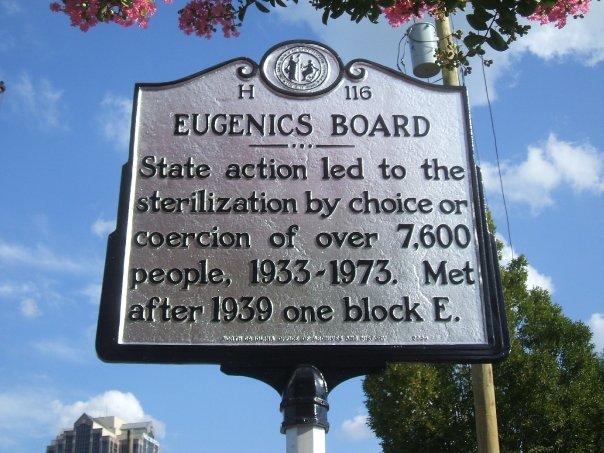Eugenics Is Still a Dangerous Idea
By Dorothy Roberts,
The Inquirer
| 05. 01. 2019
At the turn of the 20th century, U.S. scientists proposed the control of reproduction to advance society based on the idea that genes determine individuals’ socially relevant traits. In 1910, prominent biologist Charles Davenport defined this project, known as eugenics, as “the science of human improvement by better breeding.” The false claim that scientists can isolate, test for, and quantify inherited characteristics that determine success in an unequal society was essential to eugenicists’ theory that social inequality comes from biology.
Eugenicists’ ideas found fertile ground in America, where they provided a scientific framework to justify the efforts of U.S. elites to preserve the unjust social order they had violently erected in prior centuries. That legacy has spanned decades into the present day.
One of the most widespread and devastating eugenicist weapons has been state-imposed sterilization to rid society of “socially inadequate” members. In March 1924, Virginia lawmakers passed a law that authorized the forced sterilization of people confined to government asylums because they were deemed “feebleminded.” In the 1927 case Buck v. Bell, Justice Oliver Wendell Holmes upheld...
Related Articles
Following a long-standing CGS tradition, we present a selection of our favorite Biopolitical Times posts of the past year.
In 2025, we published up to four posts every month, written by 12 authors (staff, consultants and allies), some in collaboration and one simply credited to CGS.
These titles are presented in chronological order, except for three In Memoriam notices, which follow. Many more posts that are worth your time can be found in the archive. Scroll down and “VIEW...
A Review of Exposed by Becky McClain
“Do not get lost in a sea of despair. Be hopeful, be optimistic. Our struggle is not the struggle of a day, a week, a month, or a year, it is the struggle of a lifetime. Never, ever be afraid to make some noise and get in good trouble, necessary trouble.”
— John Lewis
Becky McClain became famous when she successfully sued Pfizer, one of the very largest pharmaceutical and biotech companies. She...
By Josie Ensor, The Times | 12.09.2025
A fertility start-up that promises to screen embryos to give would-be parents their “best baby” has come under fire for a “misuse of science”.
Nucleus Genomics describes its mission as “IVF for genetic optimisation”, offering advanced embryo testing that allows...
By Katherine Long, Ben Foldy, and Lingling Wei, The Wall Street Journal | 12.13.2025
Inside a closed Los Angeles courtroom, something wasn’t right.
Clerks working for family court Judge Amy Pellman were reviewing routine surrogacy petitions when they spotted an unusual pattern: the same name, again and again.
A Chinese billionaire was seeking parental...




